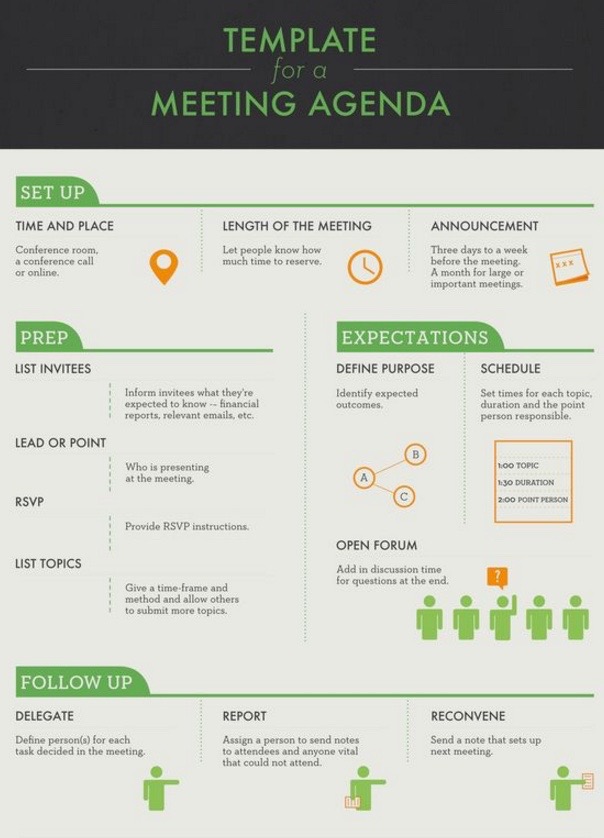More and more conferences are concluding with a styled gala dinner.
There are three main reasons driving this trend – an entertaining gala dinner is a great way to reward your attendees after a long information heavy conference; gala dinners encourage networking; the savvy event planner can minimize costs when ‘bundling’ the two events.
When planning two back-to-back events, the key to a successful experience is a smooth transition between the two. With so many elements coming together and you’re racing against the clock, this can seem somewhat overwhelming. Our event experts share some insightful tips to help the savvy event planner knock their event out of the park:
1. Use a second room within the venue
Choosing the right venue is one of the most important decisions in planning your conference. To successfully include a gala dinner as part of your conference, a venue with two rooms is ideal.
Booking two rooms in your venue will allow you to usher your guests to a second location for cocktails and networking. While your guests are enjoying cocktails your secondary team can redress the conference room in preparation for the gala dinner.
The key to a smooth transition is teamwork.
To make sure it goes without a hitch, you’ll need an experienced events team to ensure all the lighting, AV, sound and styling is in place. The room should be unrecognizable when your guests re-enter the room!
2. Offer a different kind of conference setting
Following a long day seated in a conference chair, your guests will welcome a change of scenery. Breaking from the monotony of what is expected at a typical conference will really wow event attendees.
Conferences can be rigid affairs, but a break from tradition and a little bit of flair changes all of that.
The most common seating transition is theatre to banquet round, but again it depends on what space you have to play with. Economical use of the venue space presents a number of possibilities for any enterprising event planner.
3. Add flair to your event with a hefty dose of style
It’s a no brainer. To transition from a conference to gala dinner your, event styling is your trump card.
Styling for a conference tends to be minimal with some simple yet sophisticated table centerpieces, draping and some branded props around the room. On the other hand, gala dinners are the holy grail for event stylists where literally you’re only limited by your imagination.
4. Keep the guests of your event entertained and engaged
Adding entertainment and inviting your guests to participate during your conference and gala dinner are great ways for any event planner to ensure that their’s is a memorable event.
Engage your guests with social media: Event Feed is an online platform which scans all social media platforms for a predetermined hashtag and then displays these posts on a screen so that guests have the chance to be featured during the conference and gala!
After a long, content rich day at the conference, your guests will welcome entertaining performances.
5. Create the right atmosphere and ambiance with AV and lighting effects
The right lighting features add another dimension to your event. Using roving gobos, pin spot lighting and dynamic colour changes are a great way to transition from a conference to a gala dinner.
During a conference, audio visual equipment is typically used to share slides and capture the audience’s attention. As you transition from a conference to a gala dinner, use the same audio visual equipment to create a dramatic impact. Using the projector and screen that were used for conference slides, project stylized images that match the theme of your gala for added effect.
6. Pre-set like a pro for a smooth transition from conference to gala dinner
Transitioning between a conference and a gala dinner doesn’t have to be an ordeal.
A great deal of pre-planning and pre-setting can make for a smooth transition from drab conference to exciting gala dinner. Timing plays a key part in transitioning between conference and gala dinner.
A well scheduled event will be one that goes off without a hitch.
For conference and gala dinners, pre-setting stage looks in two distinct layers is a good idea.
Employing the use of black drapery means that you will be able to hide a secondary stage for a gala dinner and transitioning from conference to gala dinner is as simple as pulling back a drape.
When it comes to planning a successful conference and gala dinner, the key is turnaround time and ensure that you have ample staff on hand to transition from conference to gala dinner in a timely manner.









